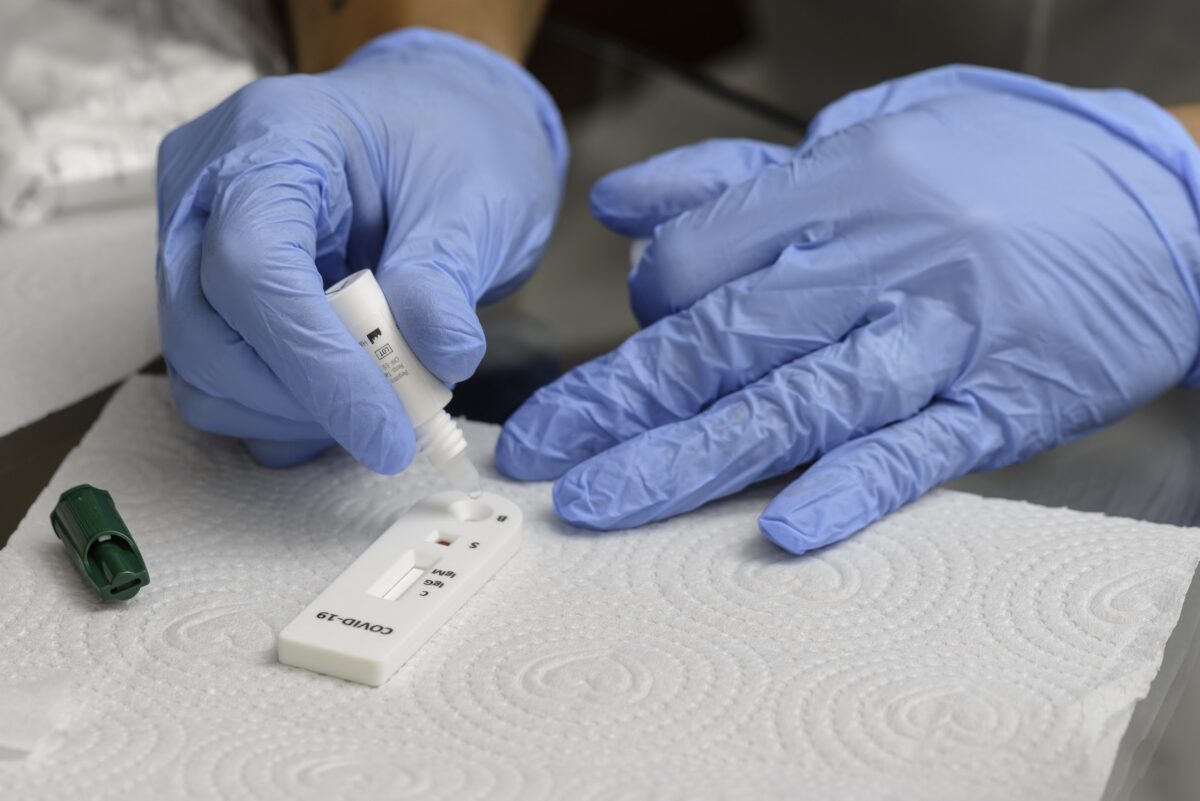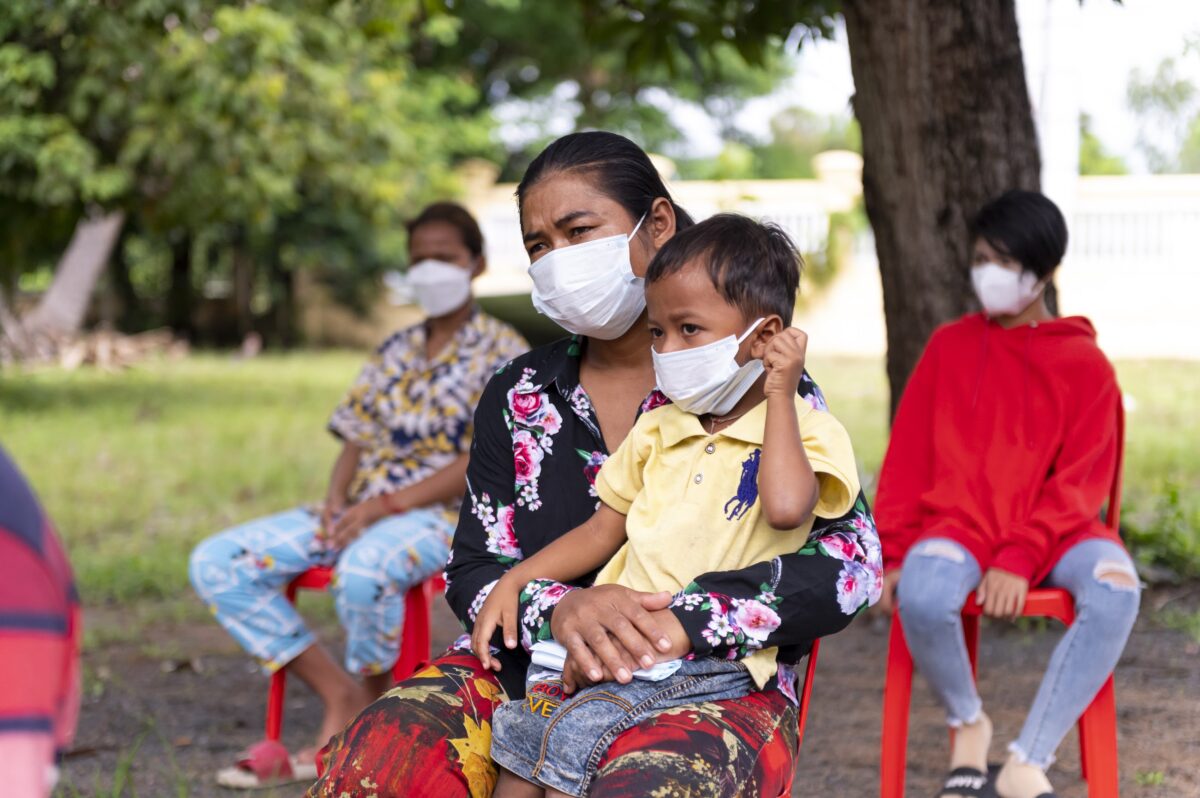Bangladeshi scientists participate in next generation genome sequencing of SARS-CoV-2 genome
In November 2022, The Child Health Research Foundation (CHRF) of Bangladesh announced that, for the first time, the SARS-CoV-2 genome was sequenced at the Next generation sequencing Research and Innovation Lab, Chittagong (NRICh). CHRF stated, “With support from our friends at FIND, CHRF helped set up the lab and provided training for its members. We will continue decentralising genomics and building scientists for Bangladesh.”


